|
|
ADDRESS AT THE SILVER JUBILEE CELEBRATIONS OF TATA RESEARCH DEVELOPMENT AND DESIGN CENTRE, PUNE, MAHARASHTRA
17-01-2007 : Pune, Maharashtra
Convergence of Technologies
I am delighted to participate in the Silver Jubilee celebrations of Tata Research, Development and Design Centre (TRDDC). I greet the Chairman and members of Tata Research, Development and Design Centre, scientists, engineers, designers and the distinguished guests on this important occasion. I am particularly happy to be with you today in this institution, which is one of the pioneering Research institution in advanced process control, minerals and materials processing, process modeling and simulation and rural technologies. The research work of TRDDC has led to creation of new technologies, models, tools and products that serve the needs of software engineering of TCS clients. Since I am in the midst of computer scientists and technologists, I would like to share a few thoughts on the computers of the future.
Can computer challenge the Brain?
I understand that most of the computers of the future and accessories will be micro sized, wearable and will have wireless communication with each other. Moderately priced PCs capable of performing about a billion calculations per second today will be able to perform about a trillion calculations per second within next 10 years. It is predicted that by 2019, the computational ability of an ordinary PC would exceed the capability of human brain. By 2029, the capability of a normal PC would be around 1000 times that of the human brain. (Reference: The age of spiritual Machines by Ray Kurzweil)
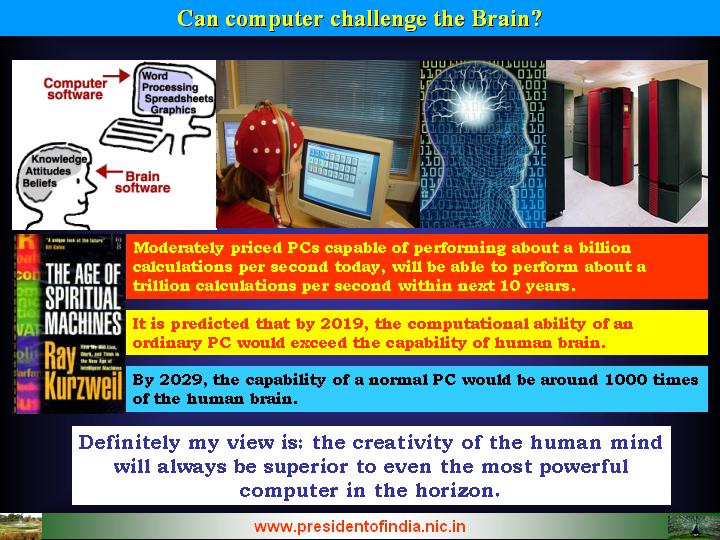
My view is definitely the creativity of the human mind will always be superior to the most powerful computers in the horizon. Creativity has to be the business of TRDDC and other knowledge organisations.
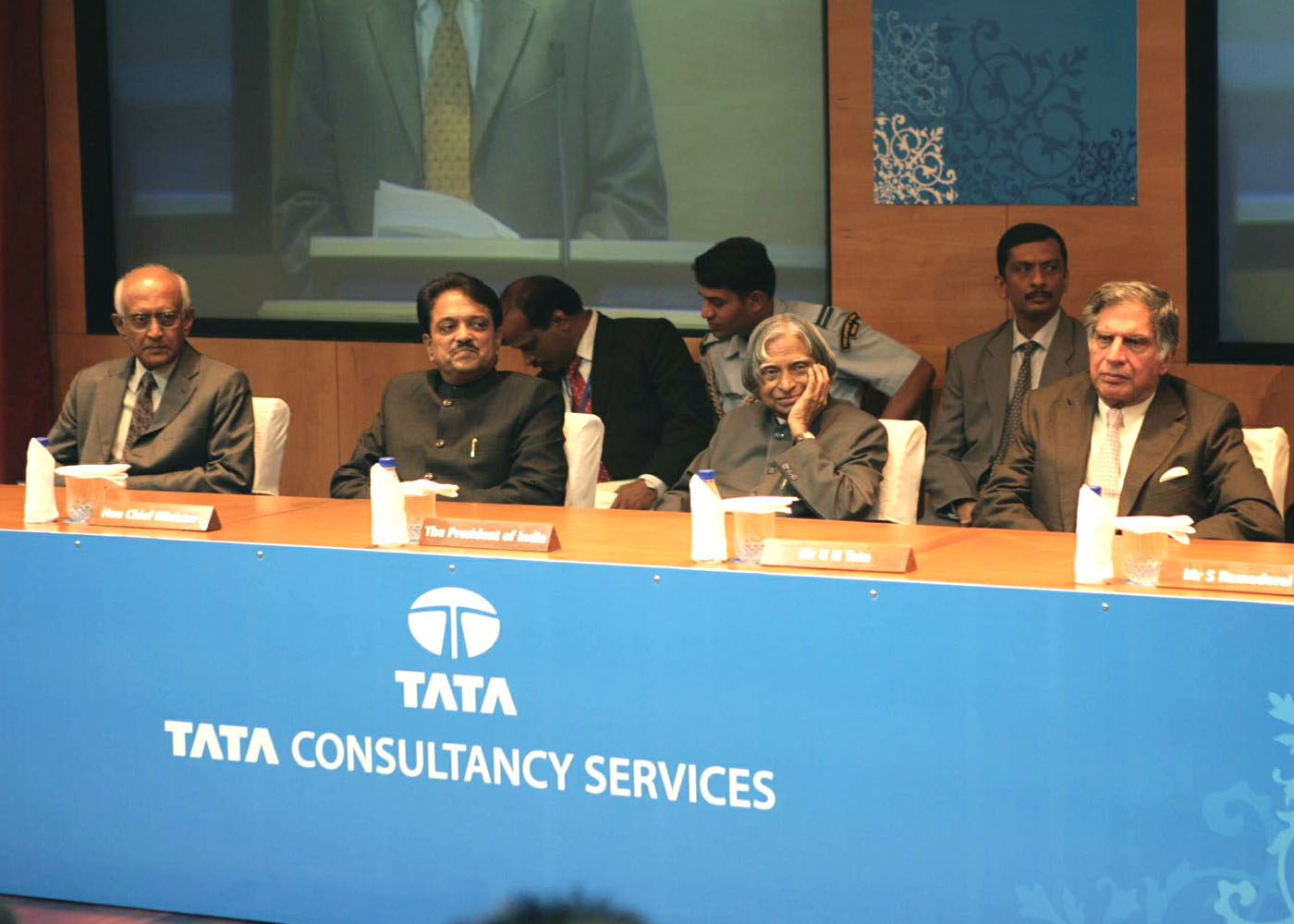
By the end of this century, there would be a strong trend towards convergence of human thinking with the world of machine intelligence that the human species initially created. When there would no longer be any clear distinction between human and computers, how would the molecular biologists help us to retain the supremacy of man over machine? Computers are going to give us a challenge. It is not only for the ICT and biotechnologists; the entire scientific community would have greater responsibility of keeping the mankind above the man-made computers, human creativity being the prime mover.
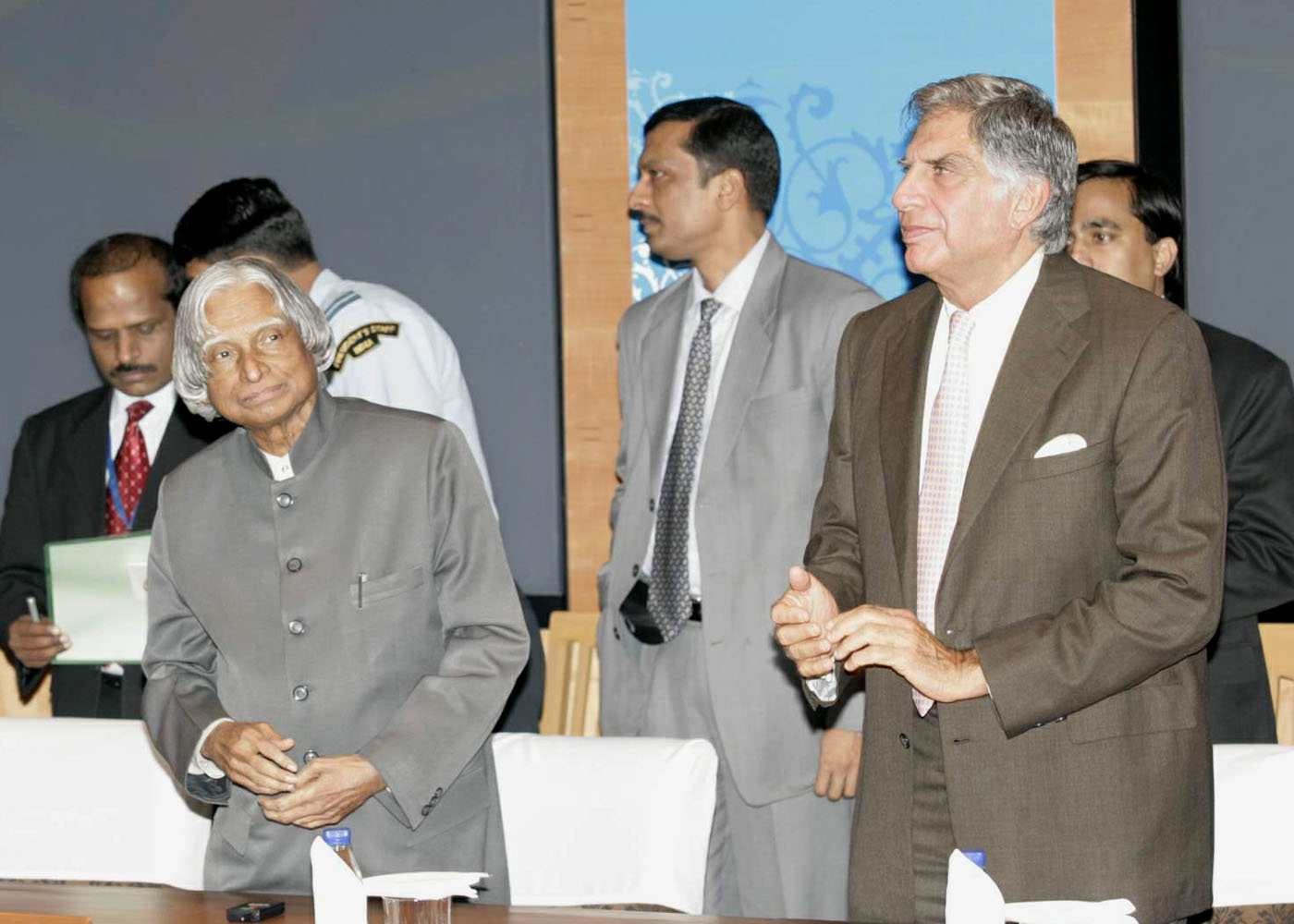

India in transformation
India is well on its way to become a knowledge power, there are all round growth in all sectors of the economy namely the agriculture, manufacturing and services. Today we have an opportunity to take the leadership in the knowledge revolution. Knowledge Revolution is indeed the foundation for leading India into a Developed Nation. For this, the time is ripe because of the ascending trajectory of the economy, availability of great institutions for capacity building of the human resource, abundant bio-diversity, and other natural resources and above all, our 540 million youth who are determined to make the nation prosperous, happy and a safe place to live well before 2020. With this background India must take the lead in mobilizing and integrating national and international knowledge resources. Keeping this in mind, I would like to discuss with you on Convergence of Technologies leading to World Knowledge Platform.
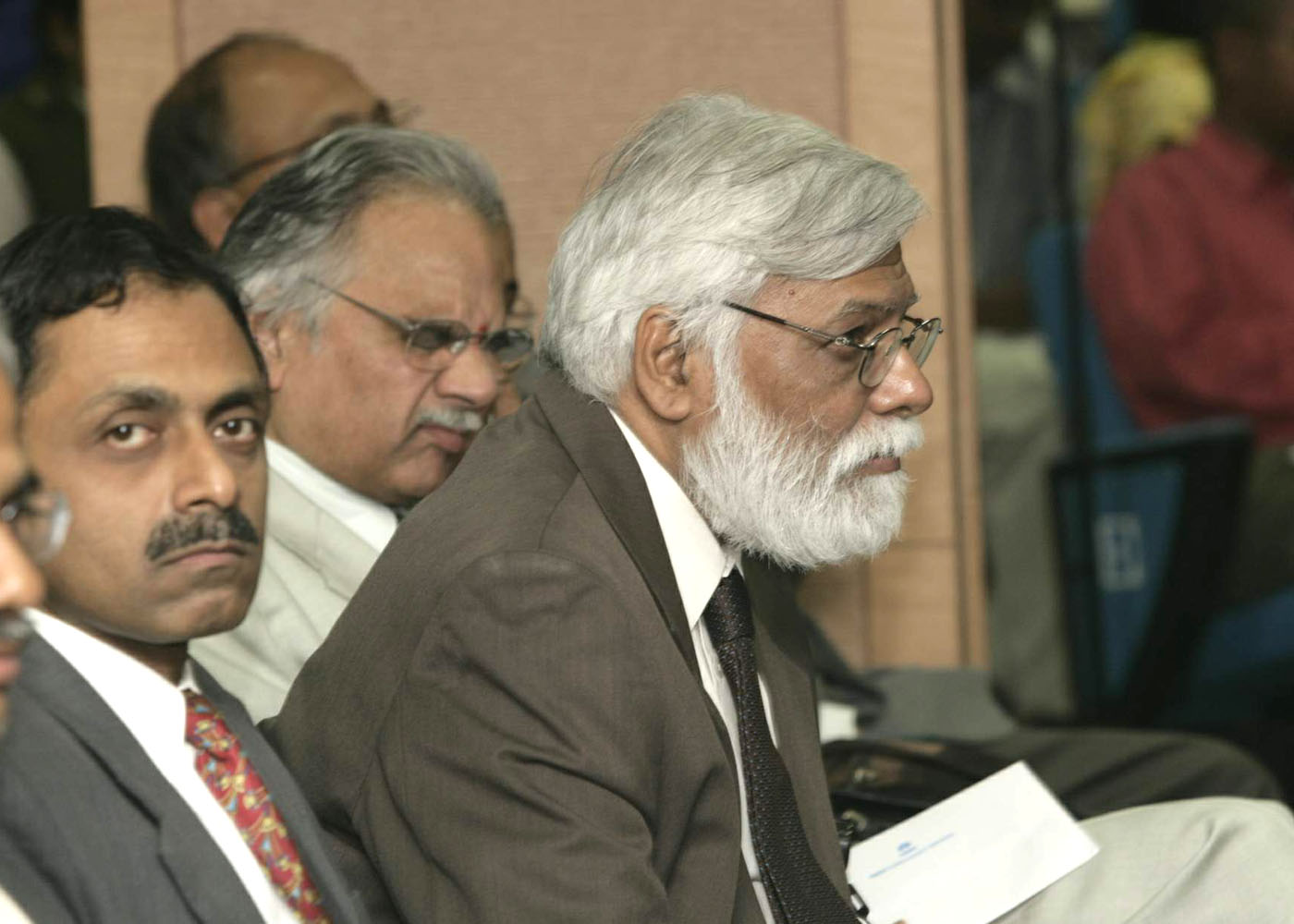

Convergence of Technologies

The information technology and communication technology have already converged leading to Information and Communication Technology (ICT). Information Technology combined with bio-technology has led to bio-informatics. Now, Nano-technology is knocking at our doors. It is the field of the future that will replace microelectronics and many fields with tremendous application potential in the areas of medicine, electronics and material science. When Nano technology and ICT meet, integrated silicon electronics, photonics are born and it can be said that material convergence will happen. With material convergence and biotechnology linked, a new science called Intelligent Bioscience will be born which would lead to a disease free, happy and more intelligent human habitat with longevity and high human capabilities. Convergence of bio-nano-info technologies can lead to the development of nano robots. Nano robots when they are injected into a patient, my expert friends say, it will diagnose and deliver the treatment exclusively in the affected area and then the nano-robot gets digested as it is a DNA based product.
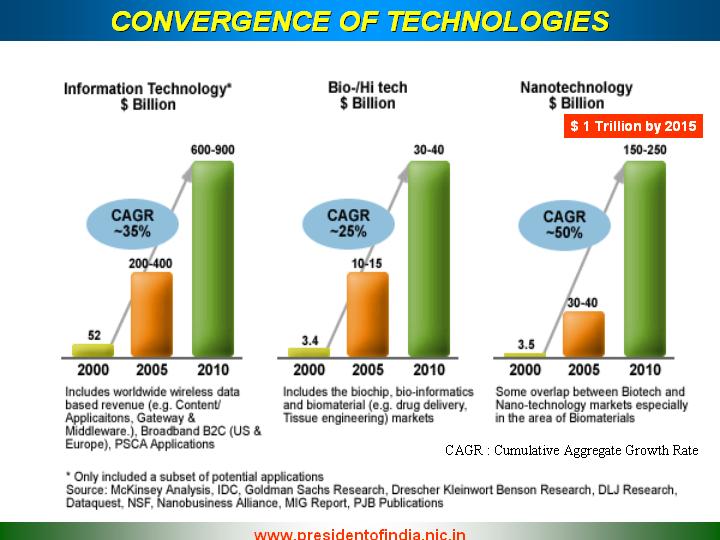
Convergence of ICT, aerospace and Nano technologies will emerge and revolutionize the aerospace industry and electronics leading to nano computing systems. This technological convergence will enable building of cost effective low weight, high payload, and highly reliable aerospace systems, which can be used for inter-planetary transportation.
Bioinformatics: The convergence of bioscience and IT into Bioinformatics has given the thrust to researchers for genomics-based drug discovery and development. Pressure is mounting over the pharmaceutical companies to reduce or at least control costs, and have a growing need for new informatics tools to help manage the influx of data from genomics, and turn that data into tomorrow's drugs.
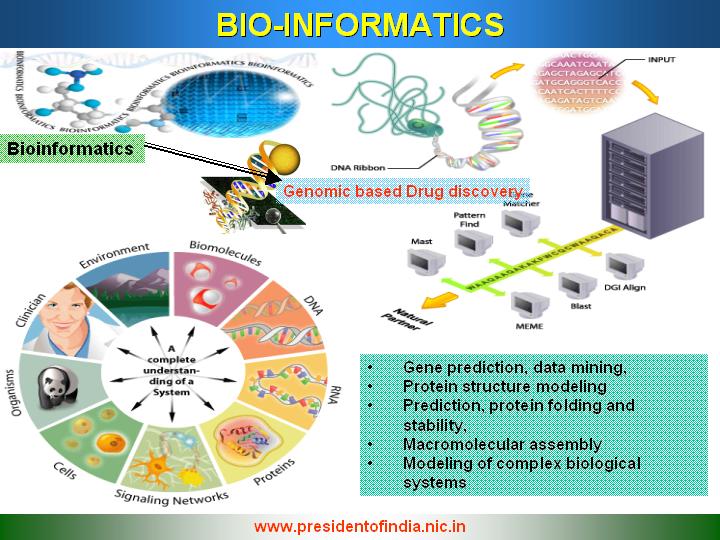
Bioinformatics data play a vital role and emerging as a business model for the medical and pharmaceutical sector. Key areas such as gene prediction, data mining, protein structure modeling and prediction, protein folding and stability, macromolecular assembly and modeling of complex biological systems are thriving and IT has major role to play in these areas in bringing the tools to manage the high throughput experiments and the data they generate, and sharing and integrating all the data in a meaningful way resulting into the detailed models of complex systems, particularly biological pathways.
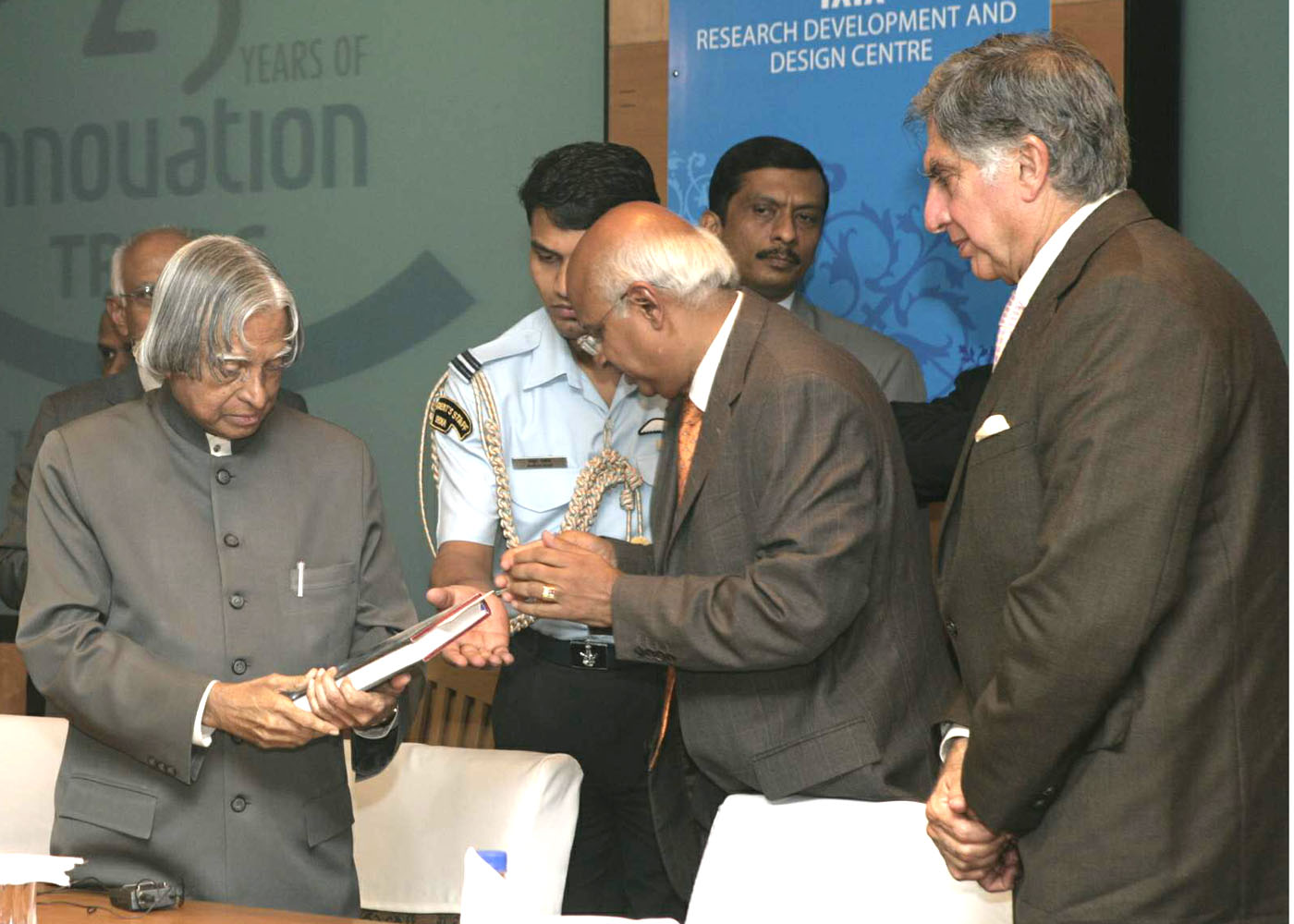
Bio Suite: I launched the Bio-Suite at Hyderabad on 14th July 2004, which is an important software package that caters to all aspects of computational biology from genomics to structure-based drug design. It incorporates the latest publicly known algorithms, as chosen by a panel of academic partners, and has been coded entirely by the Tata Consultancy Services (TCS) team, using the software engineering practices. It can be used by academic and R&D institutions, small and medium and large biotechnology companies. This bio-suite was developed by TCS in collaboration with Council for Scientific and Industrial Research (CSIR) and academic institutions for cost effective drug development in India.
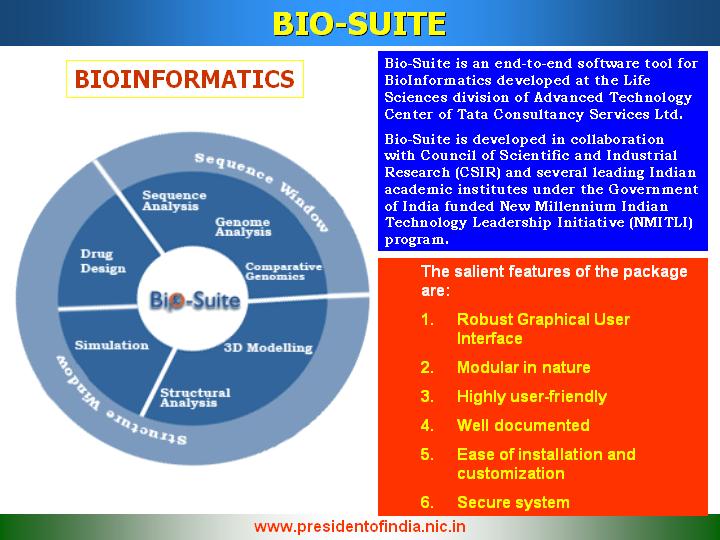
Nano Technology: When I think of Nanoscience and Nanotechnology, I would like to discuss about three scientists who have laid the foundation on nanoscience and nanotechnology. Mr. Richard Feynman, who described the concept of 'building machines" atom by atom in his talk at Caltech clearly defining Nano science and Nano technology. Mr. Eric Drexler, who wrote the book titled 'Nano Systems, Molecular machinery, manufacturing and computation". Prof CNR Rao, who pioneered and fostered the nanoscience research in India. Molecular nano technology has enormous potential for future aerospace systems and health areas.
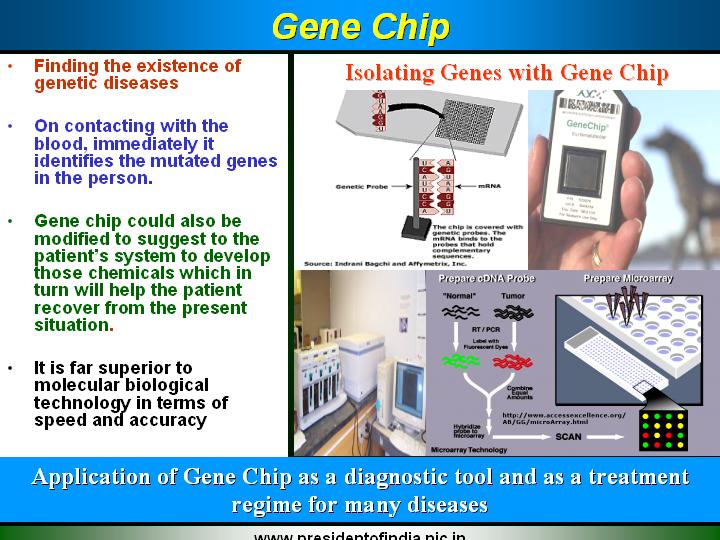
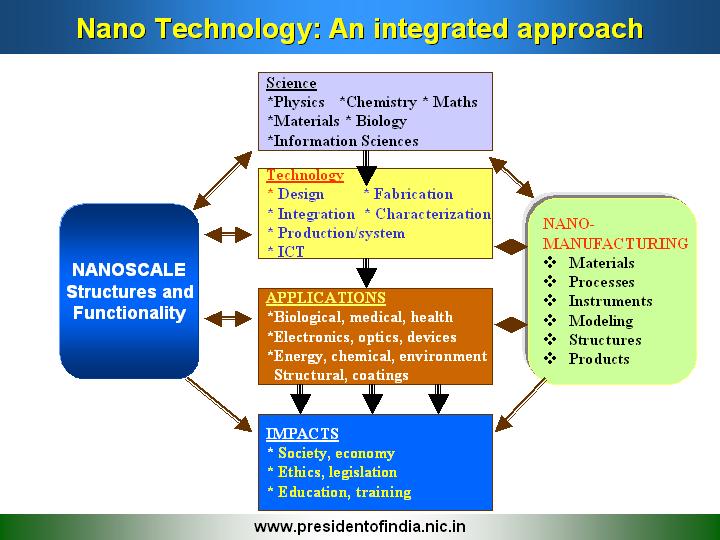
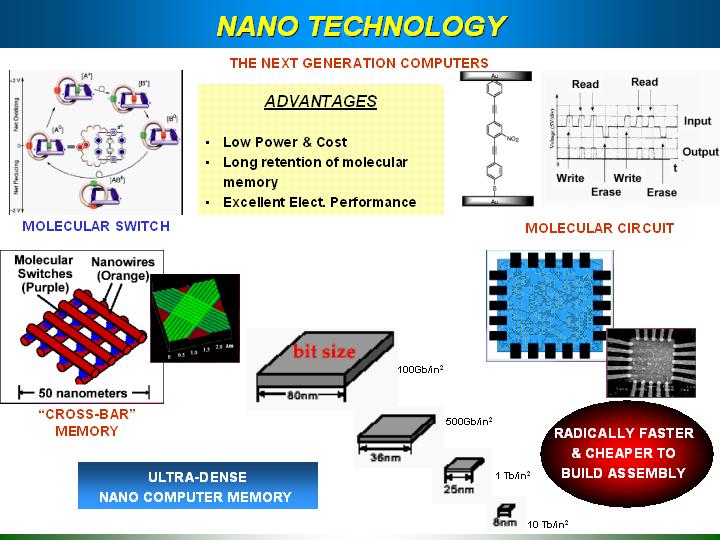
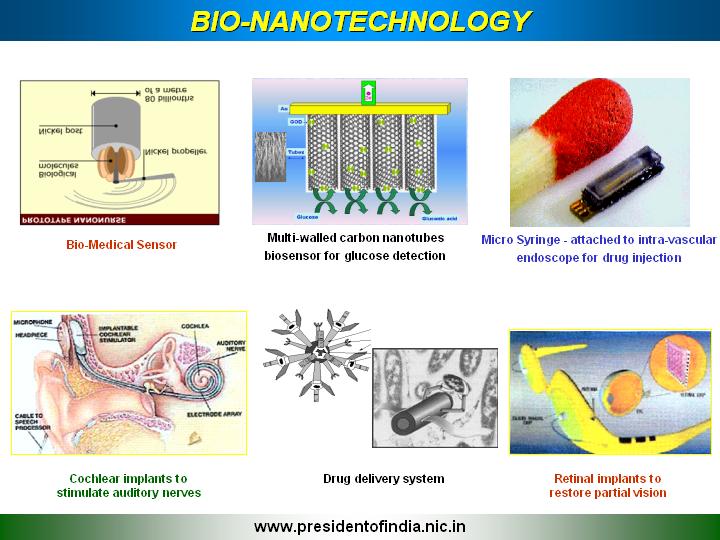
Research has shown that newly discovered class of molecules, leading to the development of carbon nano tubes that they have multiple applications in the system developed in the areas of electronics particularly nano-electronics and power systems. Carbon nano tubes are normal form of carbon with remarkable electrical and mechanical properties. It is hoped that such materials could revolutionize electronic design and open the space frontier by radically lowering the cost of launch to orbit.
Carbon Nano tubes reinforced with polymer matrix will result in composites, which are super strong, light weight, small and intelligent structures in the field of material science. This has tremendous aerospace applications.
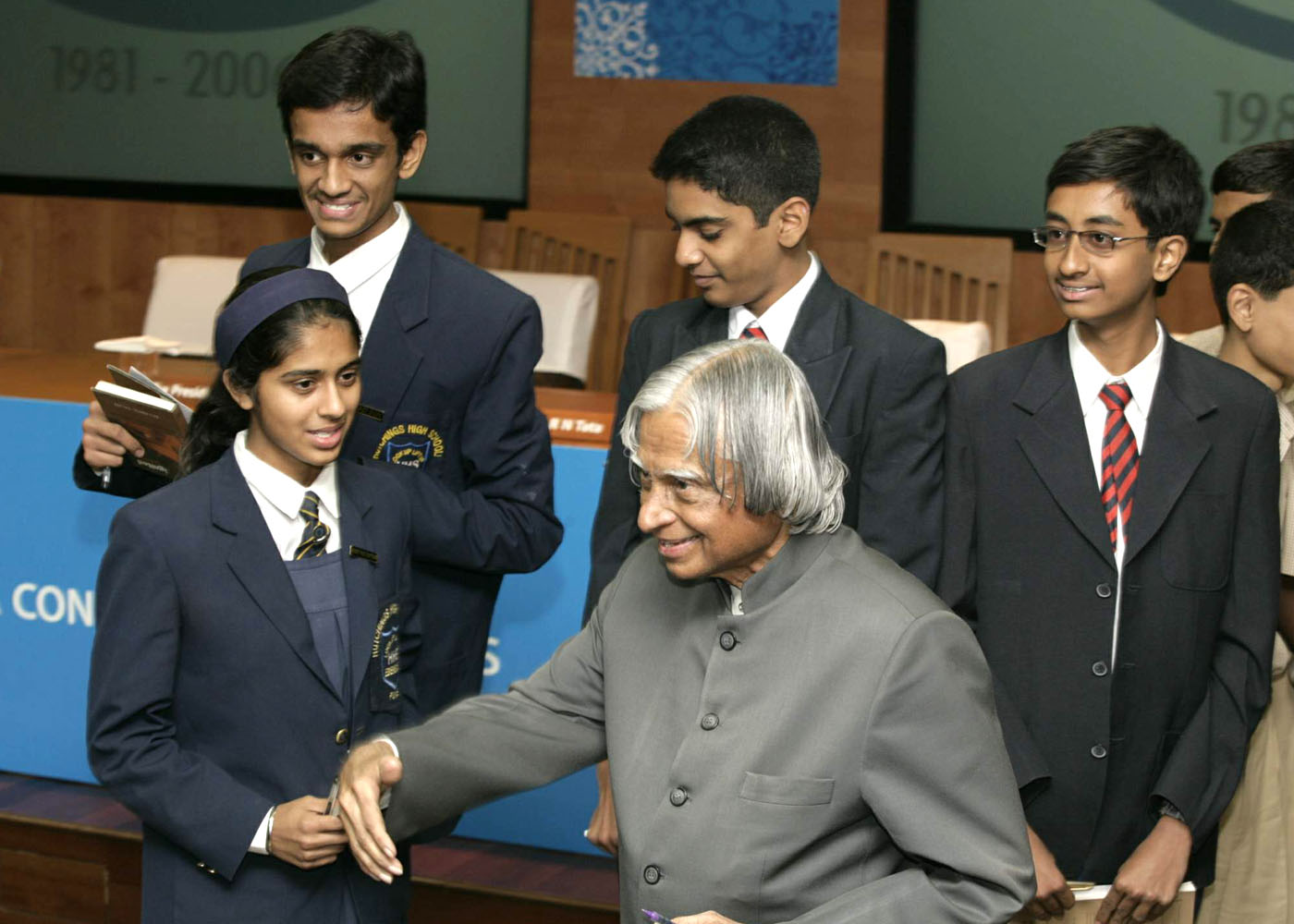
Molecular switches and circuits along with nano cell will pave the way for the next generation computers. Ultra dense computer memory coupled with excellent electrical performance will result in low power, low cost, nano size and yet faster assemblies.
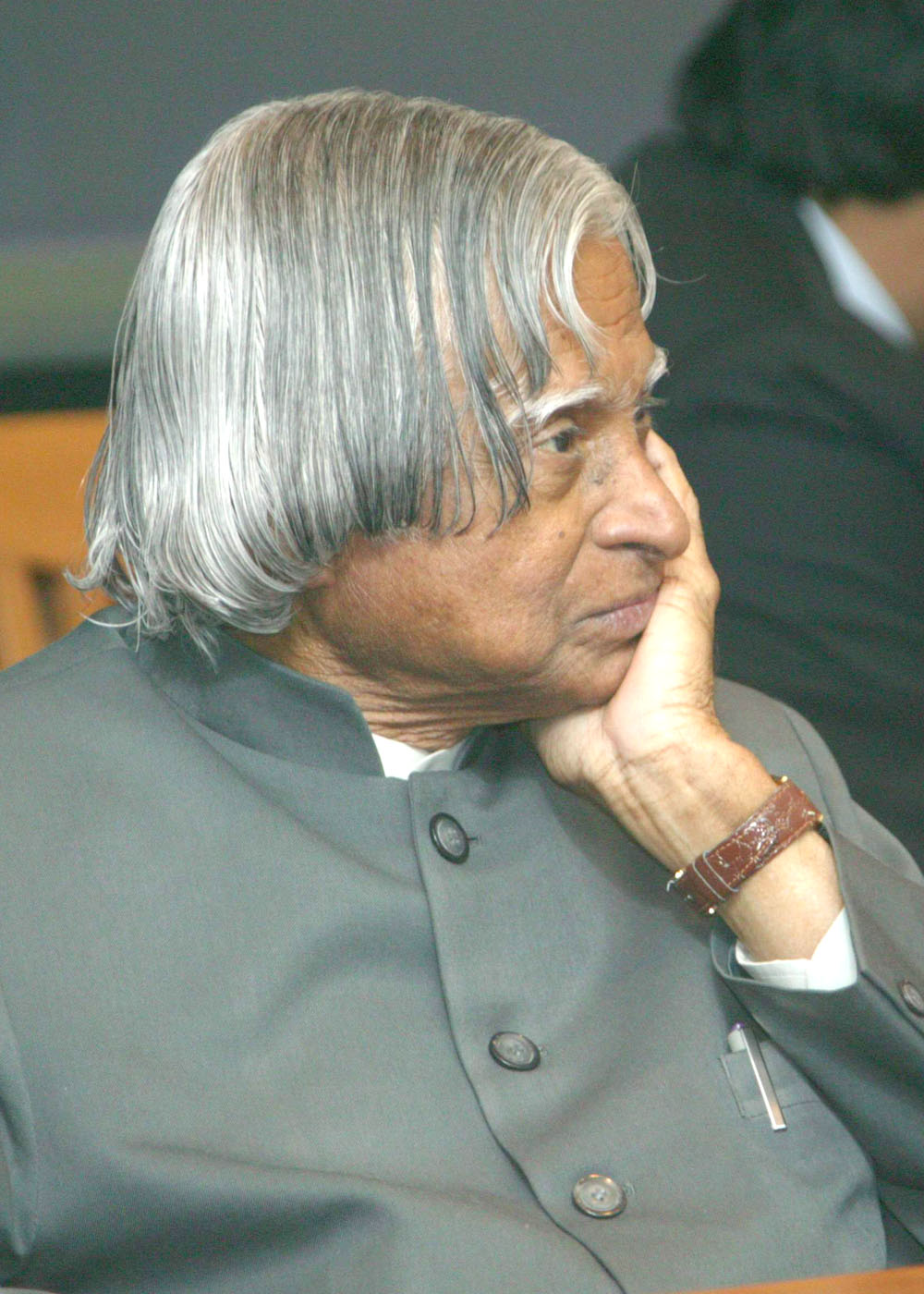

World Knowledge Platform
I was thinking what thoughts I can share with you that will bring a bridge between the vast experience of the ICT industry and India?s ascent phase of economic growth. What I am going to discuss comes out of the experience the nation had, by bringing together the core competence of two nations resulting in a state-of-the-art world class system having a global market and an India?s connectivity mission with 53 nations.
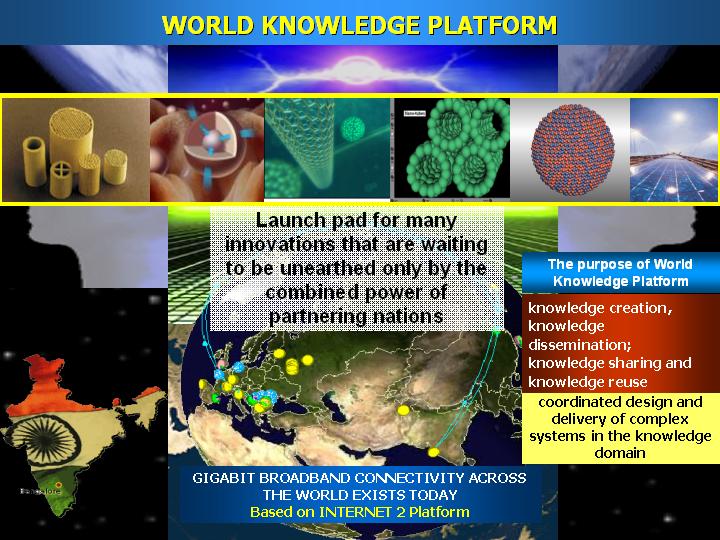
An International Joint Venture ? BRAHMOS: In order to achieve global competitiveness, the product must be world class with high quality, cost effective and must be available in time within the shelf life of the product. I would like to share a unique experience of design, development, production and marketing of a missile system - BRAHMOS, an Indo-Russian joint venture. What we have achieved through this venture is the development and realization of a world-class product using the synergy of technological competence and consortium of industries of partner countries. The BRAHMOS missile is the fastest operational cruise missile existing in the world today and can be launched from any type of platform - land, sea, and air and precisely reach the targets either on land or at sea with high lethal effect. The missile has undergone twelve successive successful flight trials and has been inducted by the Indian Navy. In addition, the product being internationally competitive, it is able to service a large market with availability in time and state of the art performance at reduced cost per unit. With minimum incremental investment the product has been developed and led to production and induction, at a relatively short time frame, well ahead of prescribed schedule. This has enabled early entry of the product into the world market well before any competitor could emerge. This proves that if the core competencies of nations are combined, best of knowledge products can emanate well ahead of time.
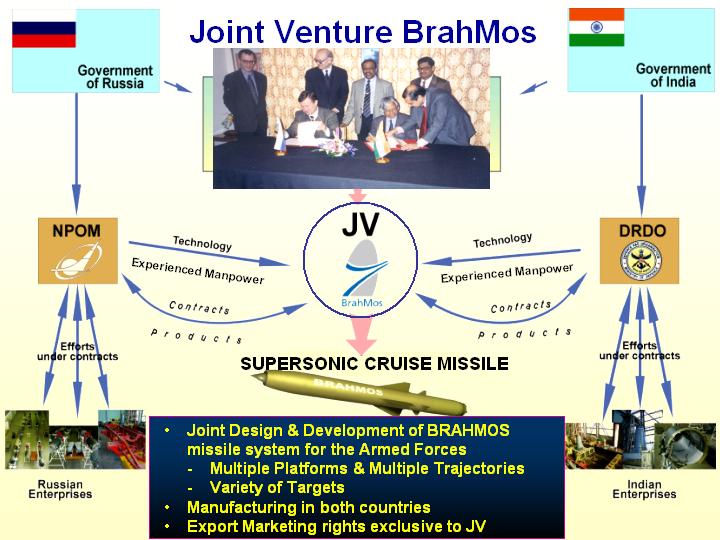

Pan-African Network
During my visit to the Africa, I addressed the inaugural session of the Pan African Parliament on 16th September 2004. During my address to the Pan-African Parliament, I made an offer to set up a Pan-African e-network which will provide e-connectivity to all the 53 countries of Africa and also connect all the Heads of States of the Pan African countries. The idea was to use the core competence of our country to assist these countries in the field of IT for providing at least one hub in each of the African countries through which various e-services like tele-education, tele-medicine and e-governance could be provided. I am happy to inform you that this offer has been received very well all over the African Continent and 16 countries will be connected in the first quarter of 2007 and the rest will be operationalized by early 2008 at a cost of $100 million.
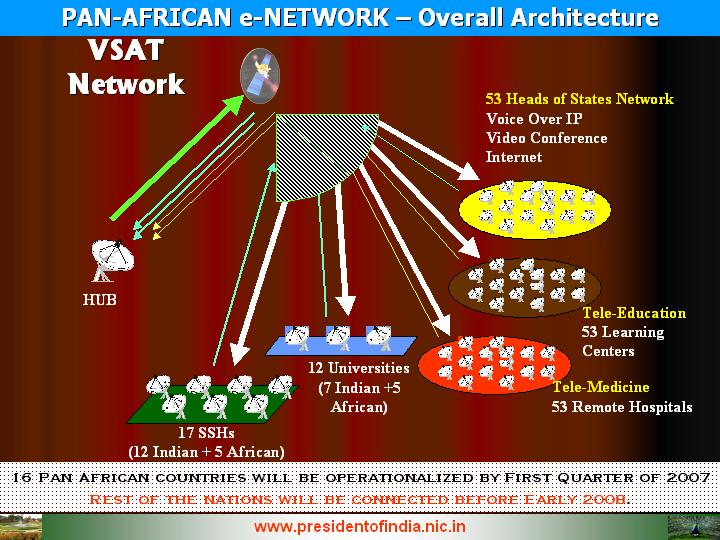
From these international partnership experiences, we have evolved what is called a World Knowledge Platform, which will be the launch pad for many innovations that are waiting to be unearthed only by the combined power of all the scientists and technologists drawn from many institutions both in India and abroad.
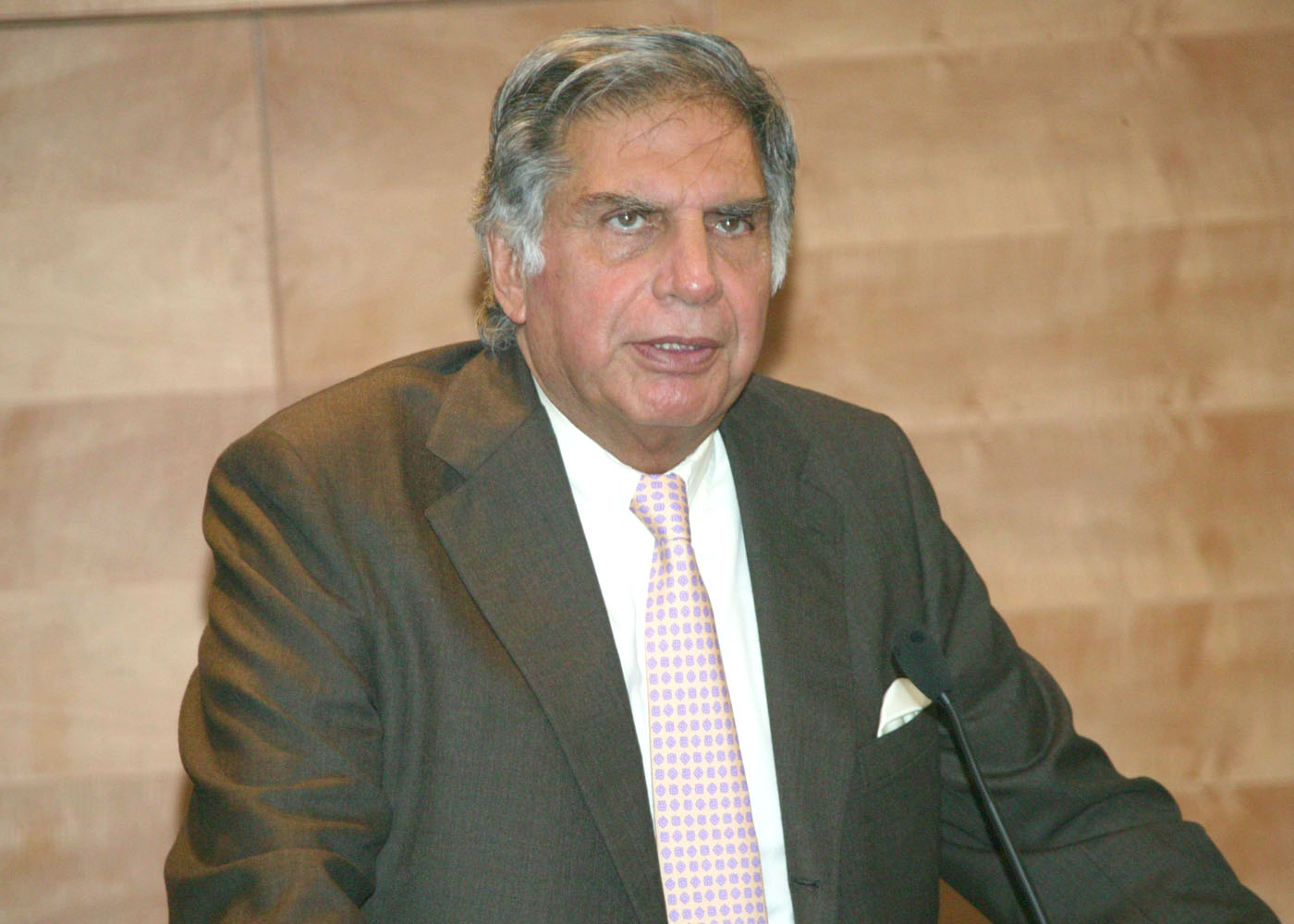
Missions of World Knowledge Platform: The convergence of Bio, Nano and ICT is expected to touch every area of concern to the humanity. The ?World Knowledge platform? will take up the missions, in some of the areas given below, which are of utmost urgency to all of us to make our world a safe, sustainable and peaceful and prosperous place to live:
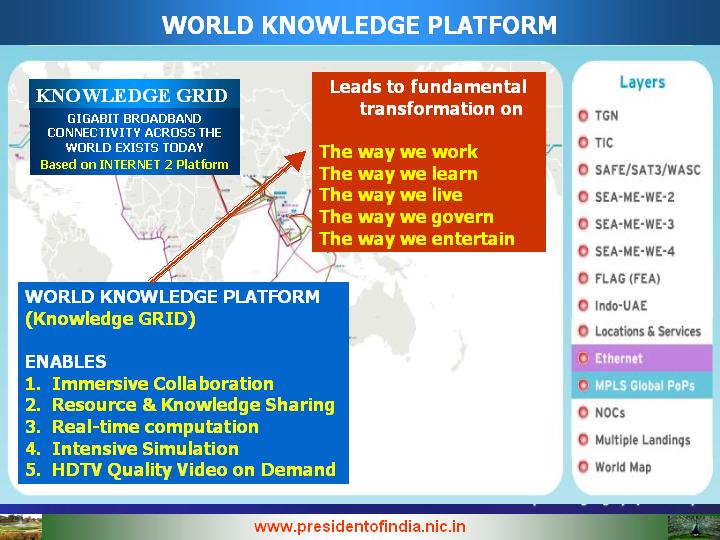
1. Energy: exploration, storage, production and conversion.
2. Water: treatment and desalination
3. Healthcare: Diagnosis, drug delivery system
4. Food: preservation, storage and distribution
5. Knowledge products :Hardware, Software and Networking Products
6. Automobile: Hardware and embedded software integration .
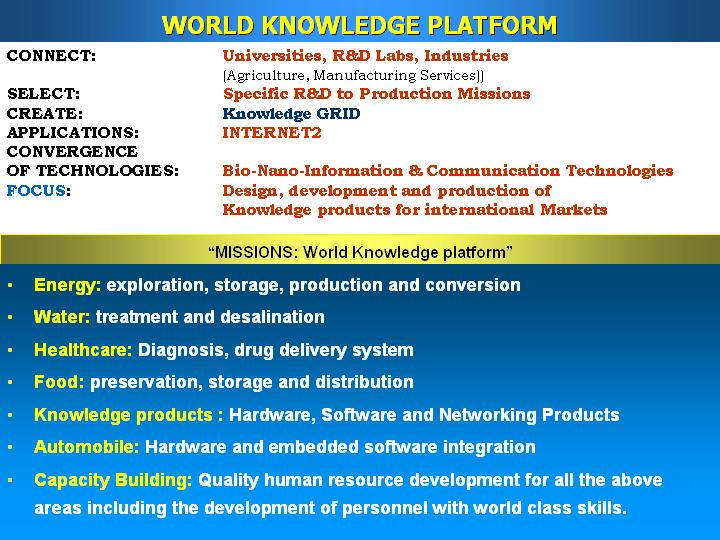
In addition to the areas mentioned above, areas such as electronics, ICT and Automobile Sector may also be focused especially in the areas of design, development leading to productionization for meeting the market demands of many nations. The core competence of India is software and the core competencies of the other partner nations could be hardware and software. This can lead to design, development and marketing of world class systems that is equally dominated by the software intelligence and hardware innovation. The world knowledge platform will also evolve a virtual design centre with the participation of collaborating institutions.
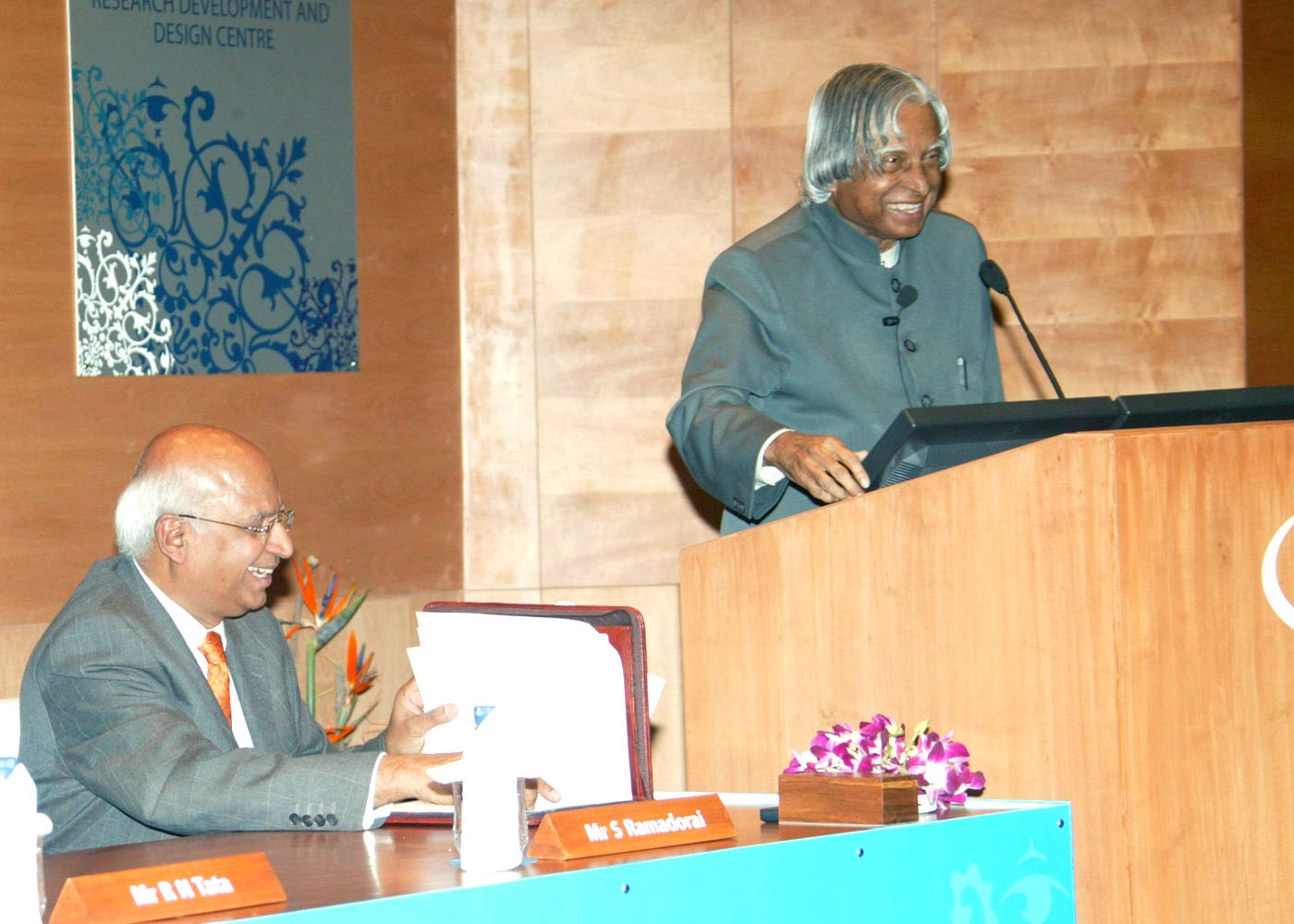

Global Human Resources Cadre
Presently our university education system is contributing 3 million graduates and post graduates every year and the students seeking employment after completion of 10th class and 10+2 class are around 7 million per year. Thus, nearly 10 million youth are injected into the employment market every year. In the 21st century, India needs large number of talented youth with higher education for the task of knowledge acquisition, knowledge imparting, knowledge creation and knowledge sharing. There is a large gap in the availability of employable skill. How to bridge this gap is the question. To bridge the gap, an interface is needed between the school curriculum and the needs of the three sectors of the economy. At present India has five hundred and forty million youth under the age of 25 which will continuously be growing till the year 2050. Keeping this resource in mind, the Universities and educational systems should create two cadres of personnel: (1) a global cadre of skilled youth with specific knowledge of special skills (2) another global cadre of youth with higher education. These two cadres will be required not only for powering the manufacturing and services sector of India but also will be needed for fulfilling the human resource requirements of various countries. Thus, the universities and secondary school education system will have to work towards increasing the through put of the higher education system from the existing 11% to 20% by the year 2015, 30% by the year 2020 and 50% by the year 2040. The other Indians who are not covered by the higher education system should all have world class skill sets in areas such as construction, carpentry, electrical systems, repair of mechanical systems, fashion design, para-legal, para-medical, accountancy, sales and marketing, software and hardware maintenance and service, software quality assurance personals etc. No Indian youth should be without either a world class higher education or without world class skills sets. This is the mission which must be undertaken by all our educational institutions, research institutions and industry.
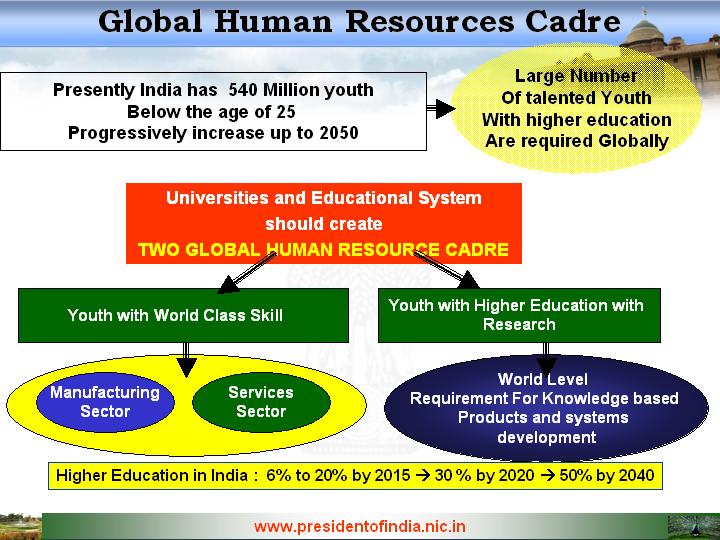

Conclusion
Since, I am in the midst of scientists and technologists of Tata Establishments, I would like to share my view where Tatas should focus in automobile, steel and ICT in the coming decades.
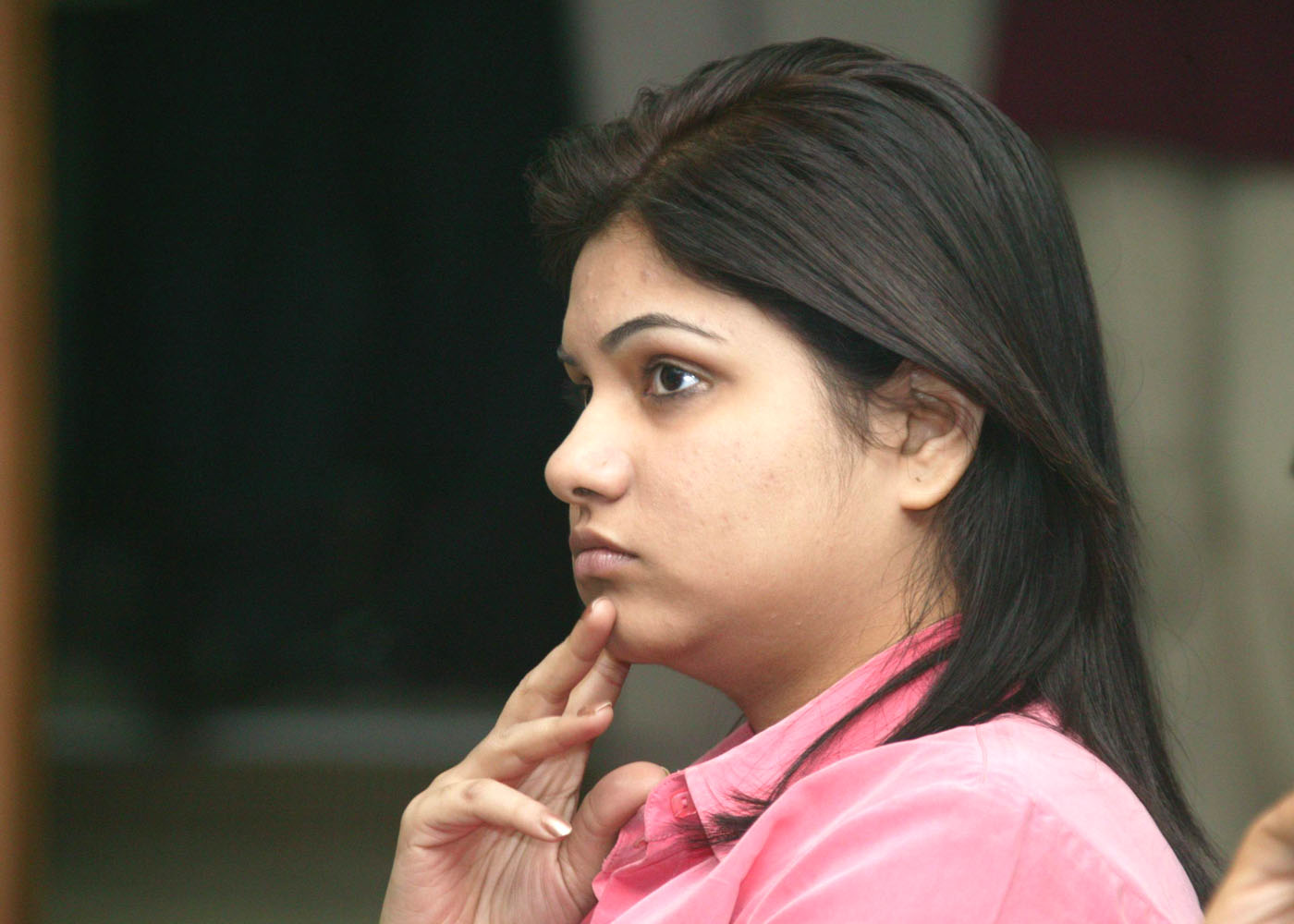
1. When we formulated a developed India vision 2020, we visualized Indian vehicle to be in European, American, middle-east and Afro-Asian roads. We have to examine today where we are.
2. Future automobiles will have to be using 100% ethanol, 100% bio-diesel and hydrogen fuel cells. The future automobiles has to absorb all the shocks and minimize the damage to the people and property. How Fibre Reinforce Plastic can find large scale application in a competitive Indian vehicle.
3. Indian steel industry is still the large consumer of electric power per tonne of steel. Research is required to enhance the efficiency and innovate new process which will bring down the power utilization substantially. Also, steel industry has to look for improving the quality of Ore through inter-mediate product upgradation processes to make our steel internationally competitive.
4. Development and marketing knowledge products using convergence of technologies.
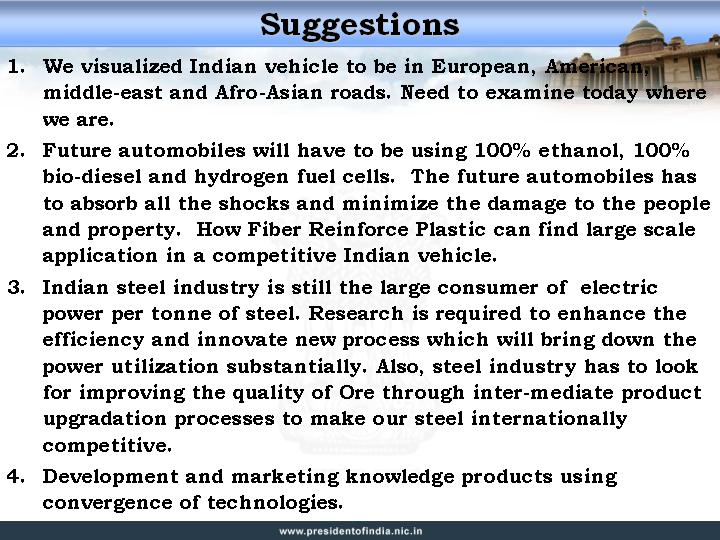
Once again let me greet all the members of Tata Research, Development and design centre on the occasion Silver Jubilee celebrations. My best wishes to all of you in your mission of promoting scientific discoveries, technological inventions and innovations for societal transformation.
May God bless you.
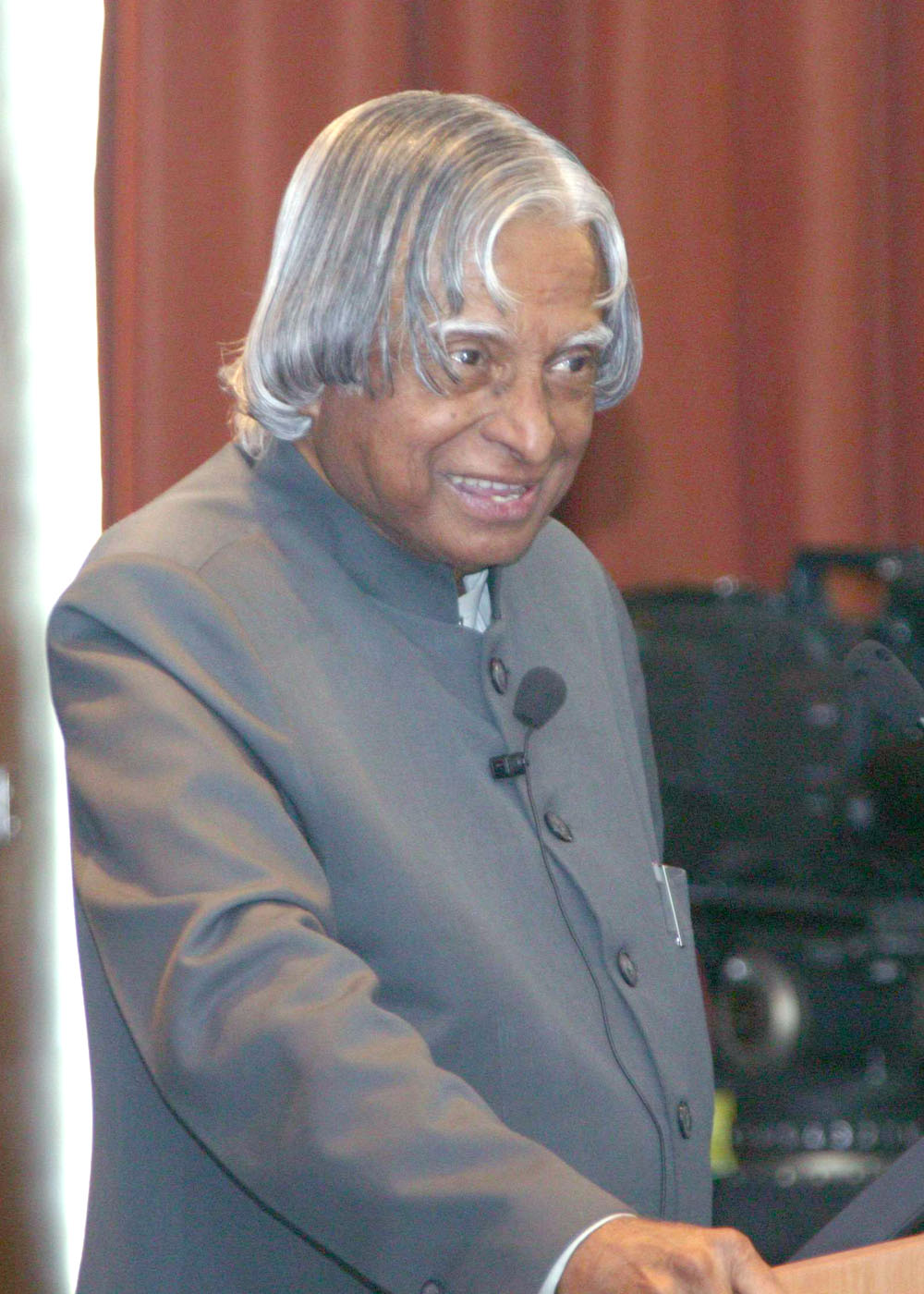

Question and Answer Session
1. How long will the IT boom sustain India's development? Will it wear out eventually?
- Prem Ayyathuria (Shamrao Kalmadi School, Pune)
Ans: IT is a tool which is applied in multiple disciplines. For example, IT and bio-technology becomes bio-informatics, IT and communications becomes ICT. IT is applied in tele-medicine and tele-education. In view of its application in multiple technologies, its growth potential is very high.
2. Can you give us an idea of the national and scientific importance of the Chandrayan mission?
- Gautam Sondur (Army Public School)
Ans: Nationally we are going to face a shortage of many materials since the fossil material of the world are depleting. Moon and asteroids have tremendous potential of materials. For example, Lunar surface is expected to have large quantity of helium whereas the asteroids have different material. To harness these materials space missions are important. Chandrayan programme is a geological and atmospheric survey of moon for identification of resources.
3. Most of the academic research work in India is done in very small groups. This makes it difficult to attempt to solve grand problems. What can be done by the government and by industry bodies to create an environment in which large and difficult problems can be addressed?
- Dr. B.P. Gautham (TRDDC Metallurgist)
Ans: The scientific community has to become virtual. They should see the experimental results exchange ideas and work out solution collectively through virtual conference. This will enable participation of large groups for undertaking and solving complex scientific problems.
4. How can we as scientists ensure that no child in our country suffers for lack of nutrition and healthcare, especially very young children?
- Deepali Kholkar (TRDDC Computer Scientist)
Ans: Research should lead to the development of seeds for rice and wheat which has the required nutrition embedded in it. Simultaneously, research should also lead to development of clean water using nano filters.
5. What are your views on having a National program to apply technology to make quality primary education accessible to rural children?
- Shri R Venkatesh (TRDDC Computer Scientist)
Ans: For primary education creativity has to be the focus up to the age of 14. The education should enable the creativity of the children to blossom. That means the syllabus should change. I am working with the Ministry of Human Resource Development and NCERT. We can create virtual class rooms where the children can see for themselves various activities taking place in various places and learn. Technology can help in this by tele education.
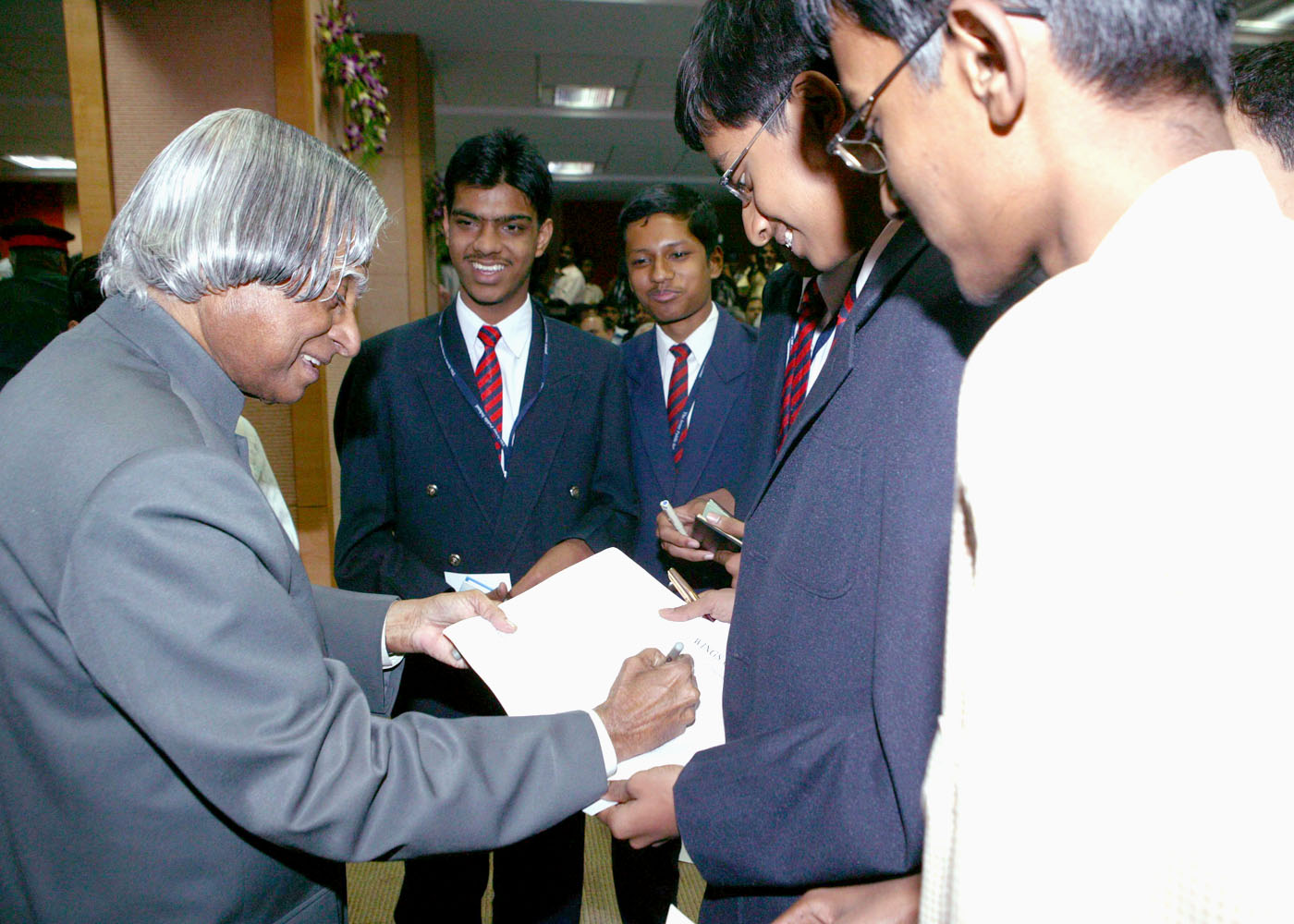
<<Back
|
|